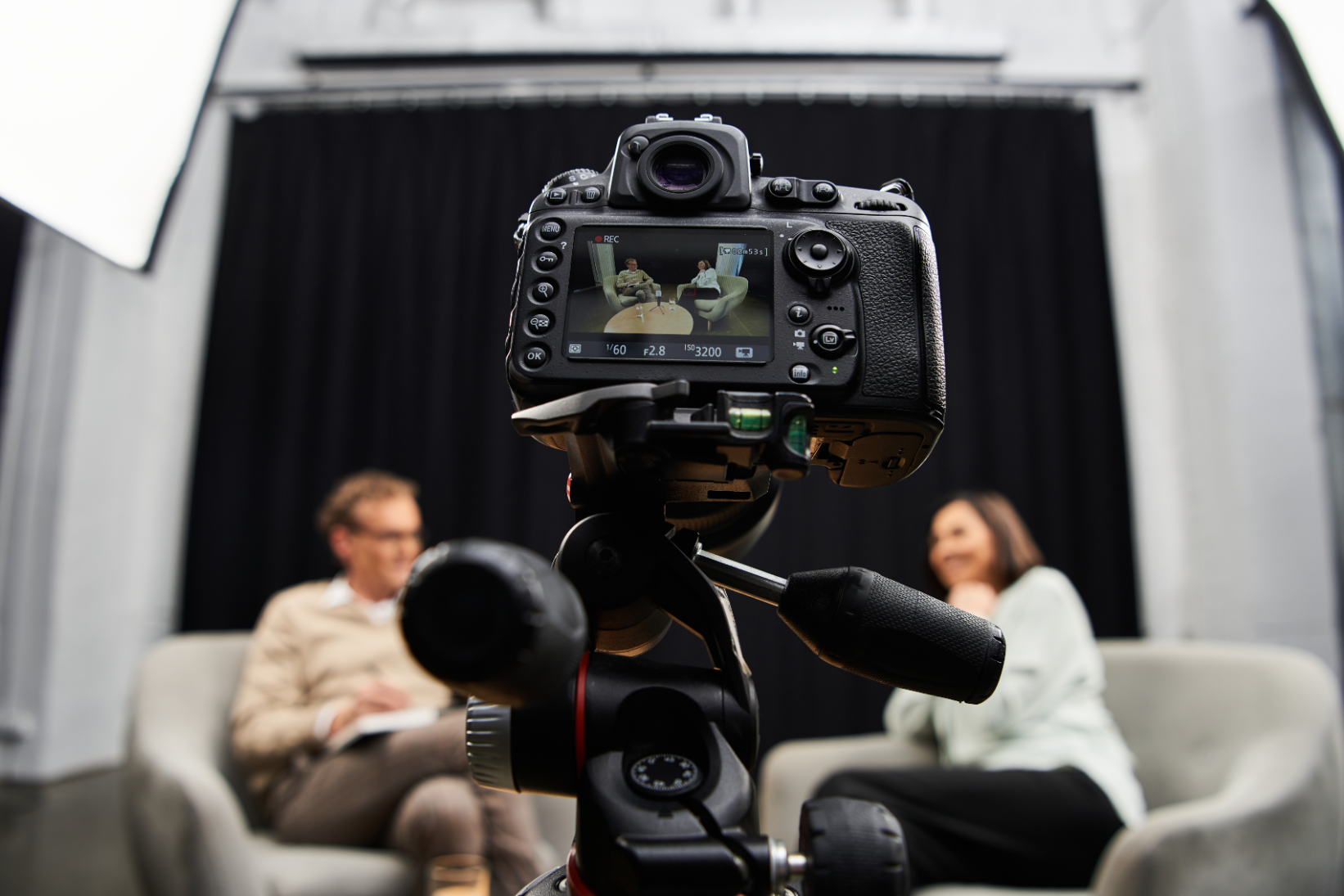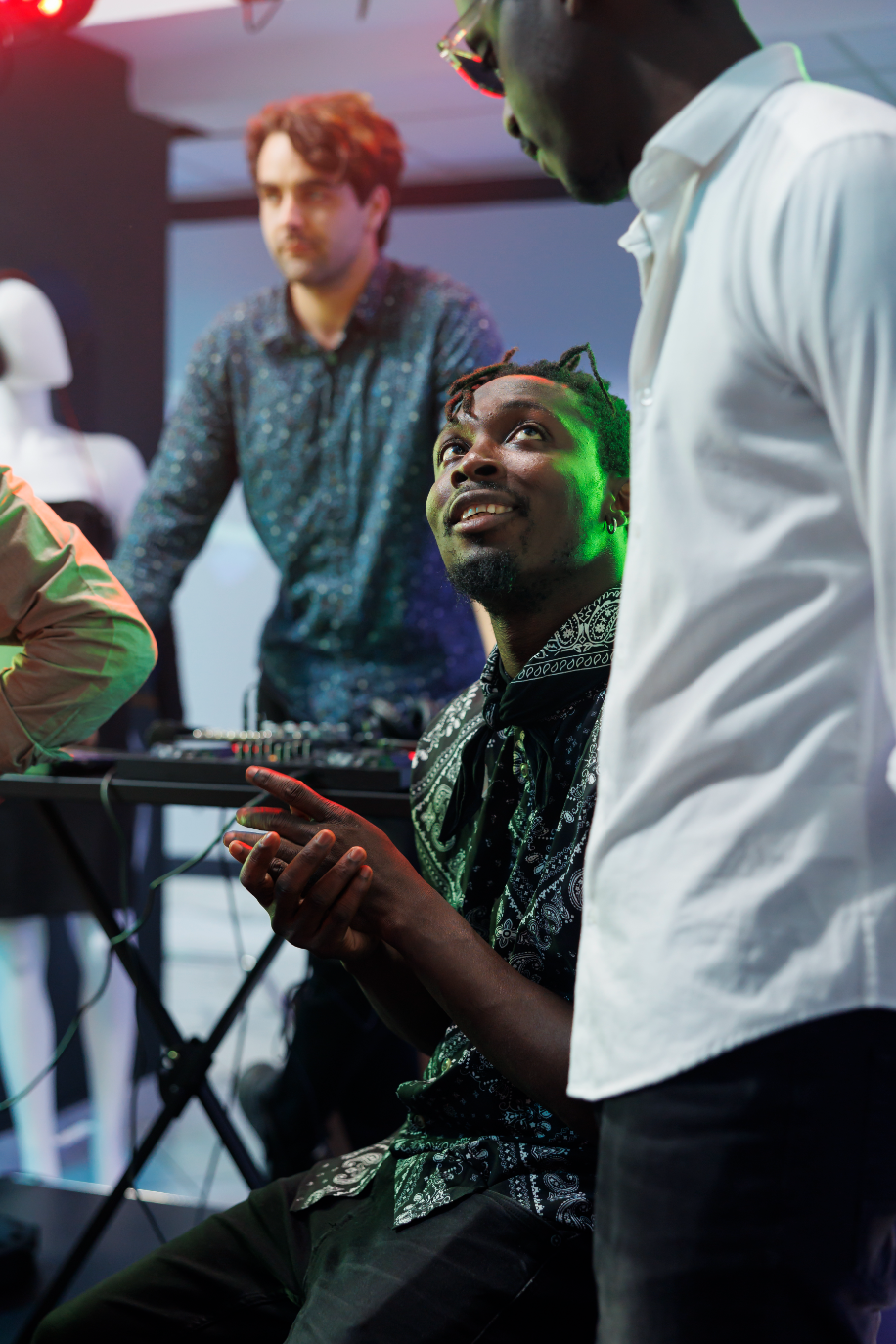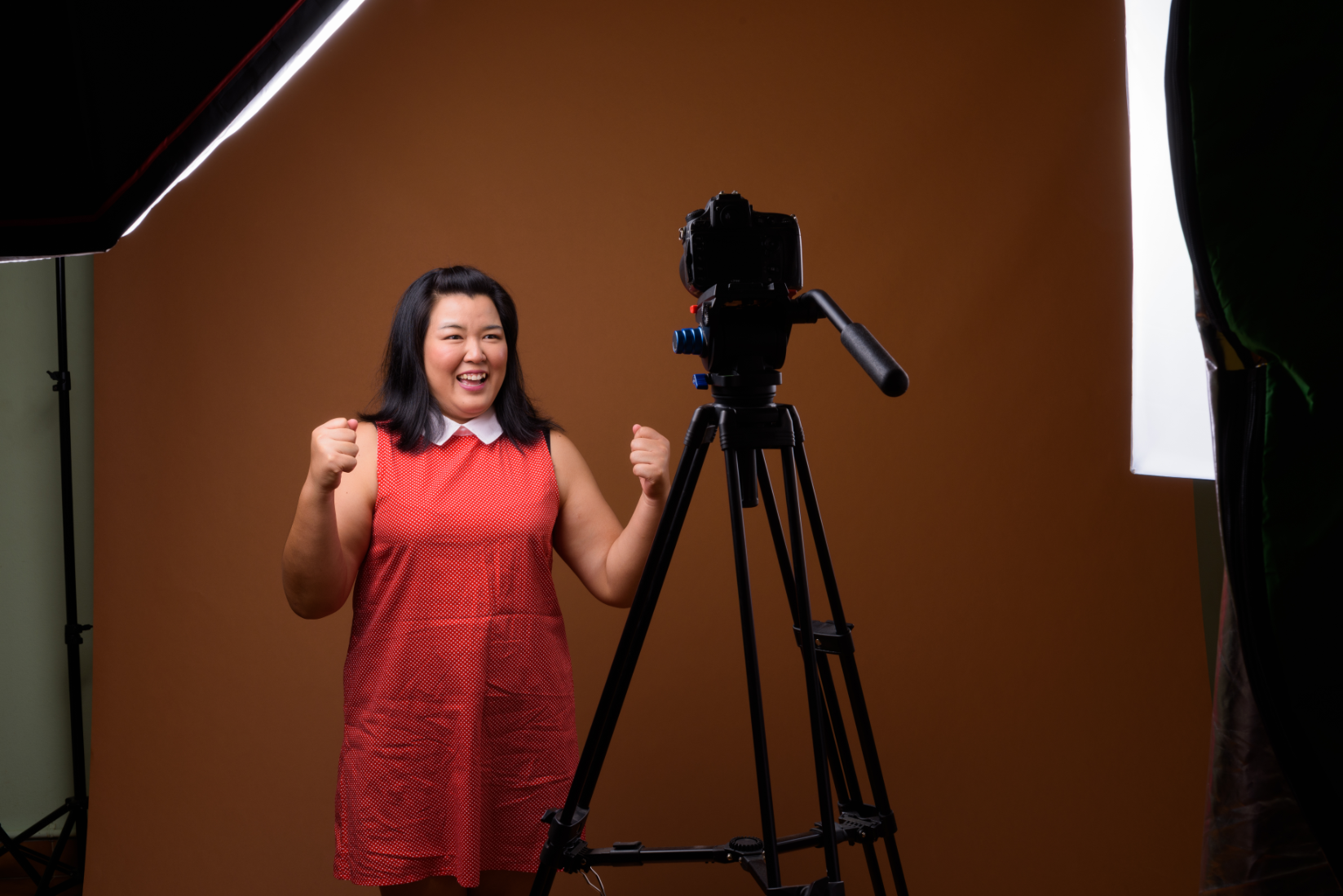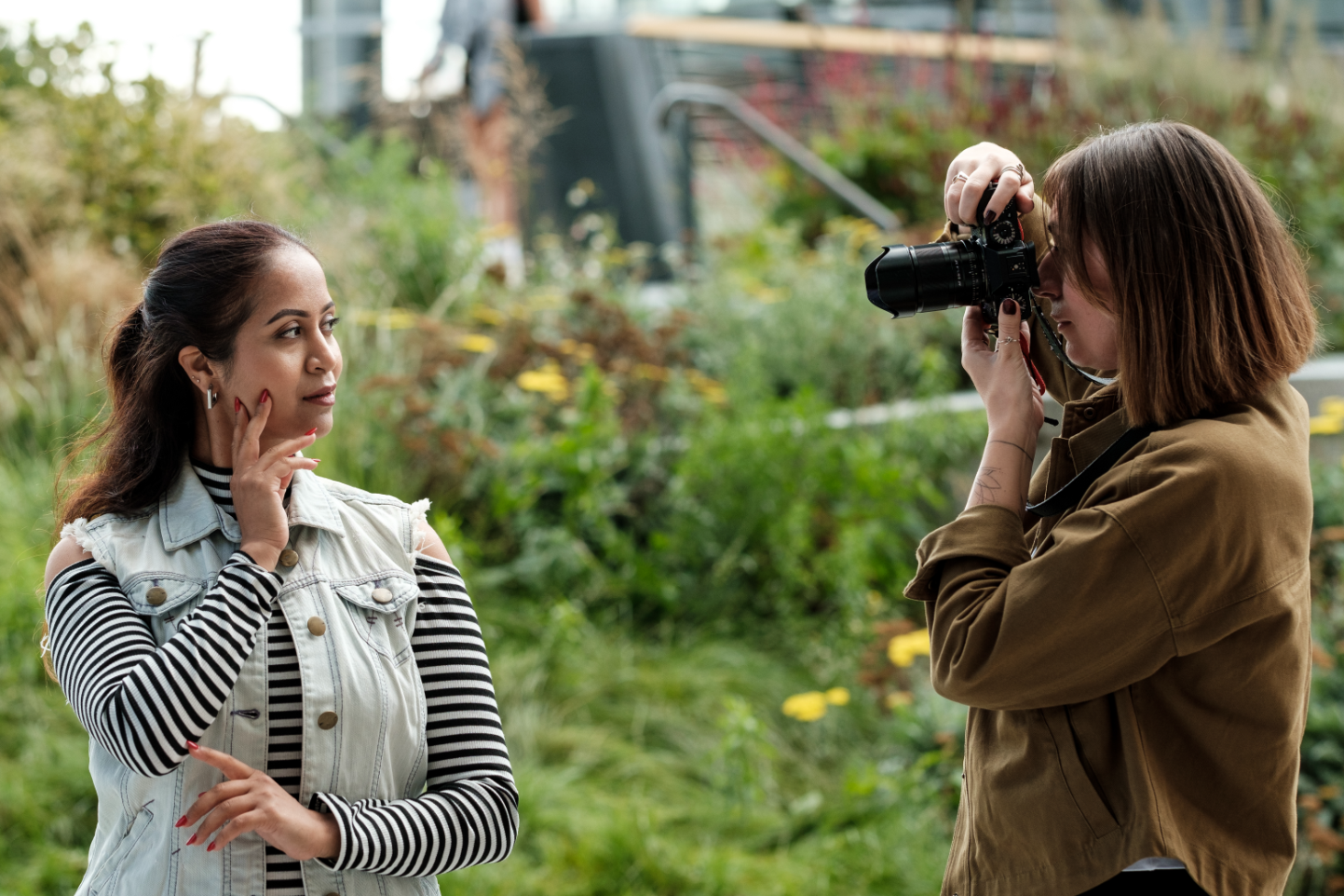Beyond the Lens: 5 Cinematography Secrets for Stunning Shots

Ever wondered what truly separates a good shot from a breathtaking one? It's more than just a fancy camera or a steady hand. While technology certainly plays its part, the magic often happens long before the shutter clicks, deep within the cinematographer's artistic vision and technical prowess. At FilmBaker, we believe in empowering filmmakers with the knowledge to elevate their craft, and today, we're pulling back the curtain on some of the most impactful, yet often overlooked, cinematography secrets that can transform your footage from ordinary to absolutely stunning.
Cinematography is an intricate dance between light, shadow, movement, and emotion. It's about painting with pixels, guiding the audience's eye, and subtly shaping their perception of the story. You don't need a Hollywood budget to implement these techniques; what you need is a keen eye, a willingness to experiment, and a deeper understanding of the principles that underpin visual storytelling. Let's dive into five crucial aspects that, once mastered, will undoubtedly take your cinematography beyond the lens.
The Power of Light: Your Ultimate Storyteller
Light isn't just for illumination; it's arguably the single most important tool in a cinematographer's arsenal. It sculpts faces, creates atmosphere, and directs attention. Think of light as an emotion. Soft, diffused light can evoke romance or mystery, while harsh, direct light might signal tension, power, or a gritty reality. Understanding how to manipulate both natural and artificial light sources is fundamental to creating compelling images.
Don't just light a scene; shape it. Consider the direction of your key light (the main light source), fill light (to reduce shadows), and backlight (to separate your subject from the background). Experiment with high-key lighting (bright, few shadows, often used for comedies or bright moods) versus low-key lighting (dark, high contrast, prominent shadows, ideal for thrillers or drama). Even a simple window can become a powerful light source if you learn to control its intensity and direction using diffusers, flags, or reflectors. The goal is to make every shadow and highlight intentional, contributing to the narrative and emotional resonance of your shot.
Composition: Framing Your Narrative
Composition is how you arrange elements within your frame to create a visually appealing and meaningful image. It's about guiding the viewer's eye and conveying information without words. While the "rule of thirds" is a great starting point – placing subjects at the intersections of imaginary lines that divide your frame into nine equal parts – don't stop there. Explore other principles to add depth and dynamism to your shots.
Consider leading lines, which are natural or artificial lines within your shot that draw the viewer's eye towards a specific point of interest, creating a sense of direction and depth. Utilize negative space to emphasize your subject and create a feeling of isolation or vastness. Play with foreground elements to add depth and context, framing your subject within the scene. Remember, every element in your frame should serve a purpose, contributing to the story you're telling. A well-composed shot feels balanced, intentional, and impactful, inviting the audience to explore its visual poetry.
Camera Movement: The Silent Storyteller
A static shot can be powerful, but thoughtful camera movement can elevate a scene, revealing information, building tension, or conveying a character's emotional state. It's not about moving the camera for the sake of it; it's about making every movement purposeful and motivated by the story.
A slow, creeping dolly shot can build suspense as a character approaches an unknown danger. A smooth, tracking shot following a character can immerse the audience in their journey, making them feel like a participant rather than a mere observer. Pans and tilts can reveal new information or shift focus, guiding the viewer's attention. Even a subtle handheld movement can inject a sense of urgency, intimacy, or raw reality into a scene. Before you move the camera, ask yourself: "What emotion am I trying to evoke? What story am I telling with this movement?" The answer will dictate the speed, direction, and type of movement, ensuring it enhances, rather than distracts from, your narrative.
The Emotional Palette of Color
Color is a silent language, a powerful emotional trigger that can instantly set the tone and mood of your film. Understanding color theory is essential for any cinematographer. Warm colors like reds, oranges, and yellows often evoke feelings of energy, passion, or comfort, while cool colors such as blues, greens, and purples can suggest calmness, sadness, or mystery.
Beyond individual colors, consider color harmonies. Complementary colors (opposite each other on the color wheel, like blue and orange) create strong contrast and visual energy, often used to highlight opposing forces or key elements. Analogous colors (next to each other on the color wheel) provide a more harmonious, soothing feel. Cinematographers often use a consistent color palette throughout a film, or specific palettes for different characters or narrative arcs, to subtly communicate themes and emotions to the audience. This isn't just about what you shoot; it extends to post-production color grading, where you can fine-tune your palette to perfection, ensuring every frame resonates with the intended emotional impact.
Lens Choice: Shaping Perspective and Emotion
The lens you choose is far more than just a piece of glass; it fundamentally shapes the perspective, depth, and overall feeling of your shot. Different focal lengths evoke distinct emotional and psychological responses, making lens selection a critical storytelling decision.
Wide-angle lenses (e.g., 24mm, 35mm) exaggerate perspective, making subjects appear further apart and creating a sense of vastness or distortion. They are excellent for establishing shots, making locations feel grand, or creating a feeling of unease or claustrophobia when used in close-ups. Telephoto lenses (e.g., 85mm, 135mm, 200mm), conversely, compress perspective, making subjects appear closer together and flattening the image. They excel at isolating subjects, creating beautiful bokeh (background blur), and conveying intimacy or a sense of observation from a distance. The choice between a wide, normal, or telephoto lens drastically impacts not only what the audience sees but how they feel about it, influencing everything from the perceived speed of movement to the emotional connection with a character. Master your lenses, and you master a crucial aspect of visual storytelling.
Conclusion: Your Journey Beyond the Lens
These five cinematography secrets – mastering light, crafting compelling compositions, utilizing purposeful camera movement, understanding the emotional impact of color, and making informed lens choices – are not rigid rules, but foundational principles. They are the building blocks that empower you to move beyond simply recording images to actively creating visual narratives that resonate deeply with your audience. The journey of a cinematographer is one of continuous learning, experimentation, and artistic discovery. Every shot is an opportunity to tell a story more vividly, to evoke a stronger emotion, and to leave a lasting impression.
At FilmBaker, we're passionate about fostering the next generation of visual storytellers. We believe that with the right knowledge and tools, anyone can elevate their craft and produce truly stunning results. If you're ready to take your filmmaking to the next level or want to discuss how we can help bring your vision to life, don't hesitate to reach out. We'd love to hear from you!
Connect with us and explore more resources at FilmBaker.


